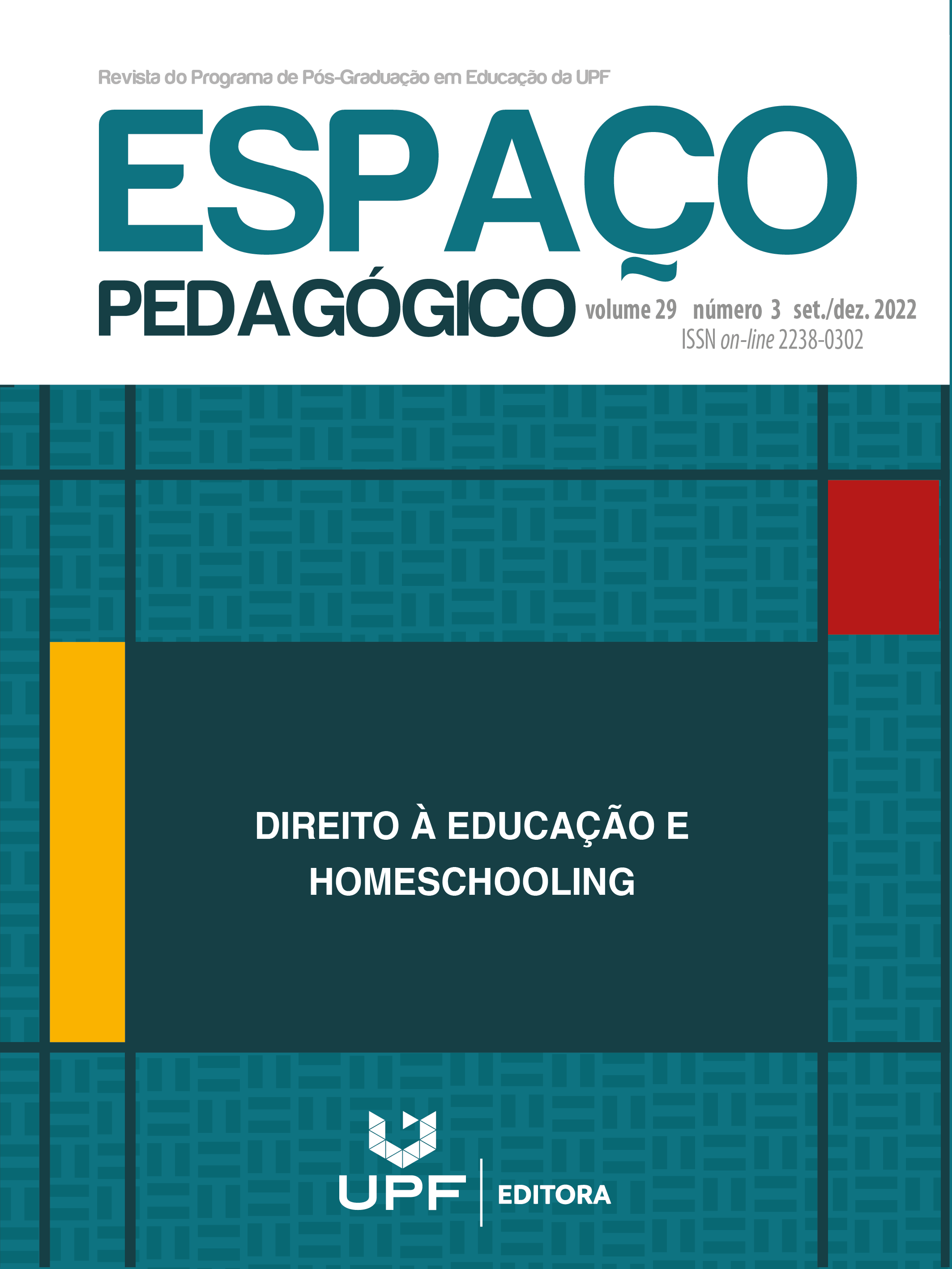The image in the development of psychic abilities in Lev Vygotsky's theory, influenced by Wundt, Köhler, Koffka and Wertheimer
DOI:
https://doi.org/10.5335/rep.v29i3.13504Keywords:
Cognition. Learning. Knowledge. Sign. Image.Abstract
This article reinforces the importance of the processes of mental development and the acquisition of psychic abilities of each individual, highlighting the presence of signs in the apprehension of human knowledge in all phases of development. It is demonstrated from Vygotsky's conceptions that knowledge occurs through personal interactions and interrelationships of individuals with their peers and with the environment from which they share their individual and group experiences that generate psychic and behavioral changes.
Vygotsky defends that the use of instruments broadens the range of activities on which the higher psychological functions produce transformations in the subjects. The influences of Wundt (1902) and of the gestalt psychologists, Köhler (1938a, 1938b), Koffka (1922, 1935), and Wertheimer (1938a, 1938b) on the theory proposed by Vygotsky stand out. The objective of this work is to highlight the contributions received from other theoretical currents to the construction of Vygotsky's theory, highlighting the image as an essential element in the construction of knowledge. The methodology uses a qualitative, exploratory, and bibliographic approach. It was concluded that the work of this theorist is based on the image as an essential element in the apprehension of knowledge, because there is evidence of the presence and use of signs in people's daily lives.




